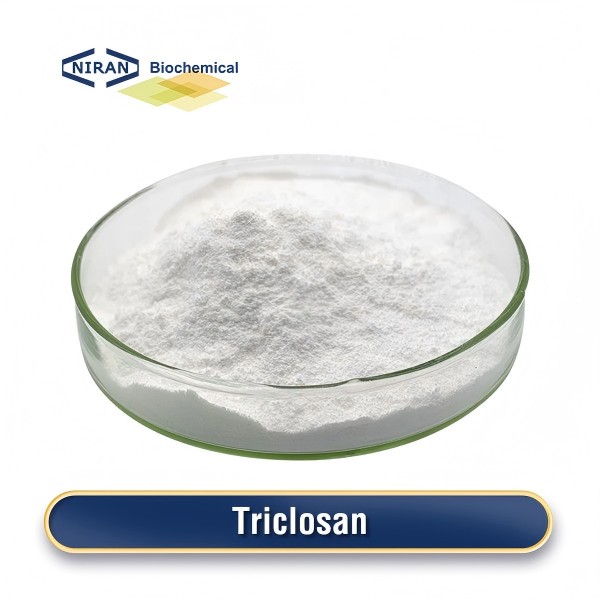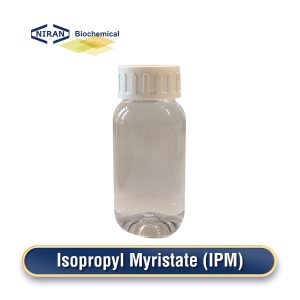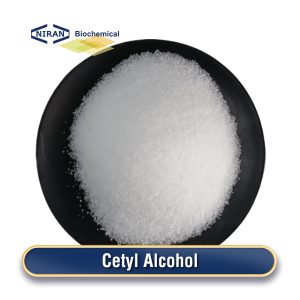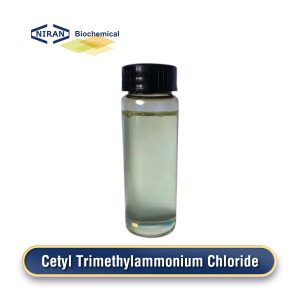Triclosan
- CAS Number: 3380-34-5
- Chemical Formula: C12H7Cl3O2
- MOQ: 1000KG
- Shelf Life: 2 years
- Forms: Powder, Granular
- Synonyms: Chlorophen, Biofresh
Product Description
What Is Triclosan?
An antibacterial and antifungal substance, triclosan is mostly utilized in industrial, medical, and personal care products. By preventing fatty acid synthesis in bacterial cell membranes, triclosan effectively suppresses the growth of bacteria, fungus, and other microbes.
Preparation Method:
Triclosan is typically synthesized through the condensation of 2,4,4′-trichlorodiphenyl ether with 2-hydroxybenzenesulfonic acid or its derivatives. At high temperatures, the reaction takes place with a base catalyst present, like potassium hydroxide. Recrystallization is used to purify the final product, typically from solvents like methanol or ethanol. A white crystalline powder is the end result, which can be added to other formulas. Triclosan is widely used in antibacterial soaps, toothpaste, cosmetics, and industrial cleaners. However its use is increasingly being controlled due to environmental concerns.
Related Parameters:
| Water | ≤0.1% |
| Residue on ignition | ≤0.1% |
| Heavy metals | ≤0.002% |
| Related substances | Any individual impurity: ≤0.1% |
| Total impurities: ≤ 0.5% | |
| Monochloro phenols | ≤50 mg/kg |
| 2,4-Dichloro phenol | ≤10 mg/kg |
| 2,8-Dichloro dibenzo furan | ≤0.25 mg/kg |
| 2,4,8-Trichloro dibenzo furan | ≤0.5 mg/kg |
| 1,3,7-Trichloro dibenzo-p-Dioxin | ≤0.25 mg/kg |
| 2,8-Dichloro dibenzo-p-Dioxin | ≤0.5 mg/kg |
| 2,3,7,8-Tetra chloro dibenzo-p-Dioxin | ≤0.001 ug/kg |
| 2,3,7,8-Tetra chloro dibenzo furan | ≤0.001ug/kg |
| Assay | 97.0~103.0% of C12H7CL3O2(on anhydrous basis) |
Recommended Dosage of Triclosan:
| Applications | Dosage |
| Personal Care Products | 0.1% – 1.0% |
| Medical Devices | 0.5% – 2.0% |
| Household Cleaners | 0.05% – 1.0% |
| Textiles | 0.1% – 0.5% |
| Cosmetics | 0.05% – 0.3% |
| Pesticides | 0.1% – 0.5% |
Triclosan Has Wide Range of Uses:
Personal Care Products: Triclosan is commonly used in antibacterial soaps, toothpastes, shampoos, and deodorants to inhibit bacteria and enhance product shelf life.
Medical Devices: It is incorporated into wound care products, bandages, and antiseptic creams for its antimicrobial properties, helping to prevent infections.
Household Cleaners: Triclosan is included in surface disinfectants and household cleaners to prevent microbial contamination in homes and offices.
Textiles: It is added to athletic wear and other fabrics to reduce odor and prevent bacterial growth.
Cosmetics: Triclosan is found in facial cleansers, lotions, and creams to control microbial contamination and ensure product stability.
User Asked Question:
Q: How is Triclosan different from other antimicrobial agents?
A: Triclosan is a chlorinated compound that works by inhibiting bacterial fatty acid synthesis, and one of its distinguishing features is that it slowly releases small amounts of formaldehyde over time. This is in contrast to other antimicrobial agents like Phenoxyethanol, which do not release formaldehyde. The gradual release of formaldehyde in Triclosan can raise concerns about potential toxicity and sensitization, while Phenoxyethanol is generally considered to be a safer alternative in certain formulations.
